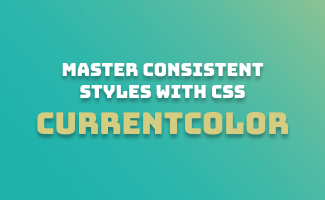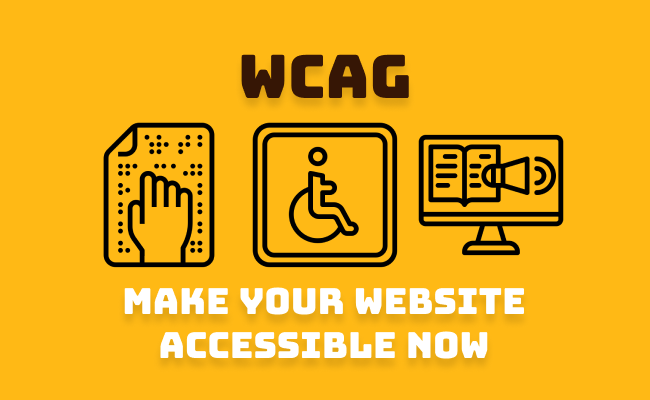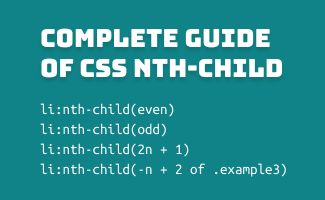
- 1. Arrow pointing to the left
- 2. Arrow pointing to the right
- 3. Arrow pointing to the top
- 4. Arrow pointing to the bottom
CSS bubble dialog boxes with arrow styling have become a popular element in modern web design, providing a stylish and user-friendly method for presenting additional context or information about specific webpage elements. This design is particularly well-suited for creating tooltips or popup messages that can help users better understand the content on a page.
In this guide, you’ll learn how to create CSS bubble dialog boxes with arrow styling in all directions. Whether you’re a experienced web designer or just starting out, this guide will give you the tools you need to create engaging and informative dialog boxes that make your website stand out.
Examples
1. Arrow pointing to the left
This is an example of a CSS bubble dialog box with an arrow pointing to the left.
First, let’s create the HTML markup for our dialog box.
<div class="dialog_box left">
<p>This is an example of a CSS bubble dialog box with an arrow pointing to the left.</p>
</div>
CSS Styling
/*Dialog box*/
.dialog_box {
position: relative;
padding: 8px;
background: #f4f4f4;
border: 4px solid #1fb4ab;
}
.dialog_box:after, .dialog_box:before {
border: solid transparent;
content: "";
height: 0;
width: 0;
position: absolute;
}
.dialog_box:after {
border-width: 4px;
}
.dialog_box:before {
border-width: 8px;
}
/*Arrow pointing LEFT*/
.dialog_box.left:after, .dialog_box.left:before {
right: 100%;
top: 50%;
}
.dialog_box.left:after {
border-color: transparent #f4f4f4 transparent transparent ;
margin-top: -4px;
}
.dialog_box.left:before {
border-color: transparent #1fb4ab transparent transparent ;
margin-top: -8px;
}
Note that in each example,
1. Border Colour
The border-color property for the :before pseudo-element is set to #1fb4ab in respective direction (line 32), which is the same color as the border of the main dialog box. You can change this value to match the color scheme of your website.
2. Background Colour
The border-color property for the :after pseudo-element is set to #f4f4f4 in respective direction (line 28), which is the same color as the background of the main dialog box. You can change this value to match the color scheme of your website.
3. Centralize Arrow Position
In order to center the arrow within the dialog box, it is necessary to set the margin of the :before and :after pseudo-elements (in line 29 and line 33) to a negative value equal to the border-width value (in line 16 and line 19).
4. Border Width
To create a wider arrow border that extends outside of the box, the :before pseudo-class has a larger border-width value than the :after pseudo-element in this example. The :before pseudo-element has a border-width value of 8px (line 19), while the :after pseudo-element has a border-width value of 4px (line 16), resulting in a 4px border on the arrow, which is the same as the border set in the dialog box (line 6)
The same explanation applies to all of the examples.
2. Arrow pointing to the right
This is an example of a CSS bubble dialog box with an arrow pointing to the right.
First, let’s create the HTML markup for our dialog box.
<div class="dialog_box right">
<p>This is an example of a CSS bubble dialog box with an arrow pointing to the right.</p>
</div>
CSS Styling
/*Dialog box*/
.dialog_box {
position: relative;
padding: 8px;
background: #f4f4f4;
border: 4px solid #1fb4ab;
}
.dialog_box:after, .dialog_box:before {
border: solid transparent;
content: "";
height: 0;
width: 0;
position: absolute;
}
.dialog_box:after {
border-width: 4px;
}
.dialog_box:before {
border-width: 8px;
}
/*Arrow pointing RIGHT*/
.dialog_box.right:after, .dialog_box.right:before {
left: 100%;
top: 50%;
}
.dialog_box.right:after {
border-color: transparent transparent transparent #f4f4f4;
margin-top: -4px;
}
.dialog_box.right:before {
border-color: transparent transparent transparent #1fb4ab;
margin-top: -8px;
}
3. Arrow pointing to the top
This is an example of a CSS bubble dialog box with an arrow pointing to the top.
First, let’s create the HTML markup for our dialog box.
<div class="dialog_box top">
<p>This is an example of a CSS bubble dialog box with an arrow pointing to the top.</p>
</div>
CSS Styling
/*Dialog box*/
.dialog_box {
position: relative;
padding: 8px;
background: #f4f4f4;
border: 4px solid #1fb4ab;
}
.dialog_box:after, .dialog_box:before {
border: solid transparent;
content: "";
height: 0;
width: 0;
position: absolute;
}
.dialog_box:after {
border-width: 4px;
}
.dialog_box:before {
border-width: 8px;
}
/*Arrow pointing TOP*/
.dialog_box.top:after, .dialog_box.top:before {
left: 50%;
bottom: 100%;
}
.dialog_box.top:after {
border-color: transparent transparent #f4f4f4 transparent ;
margin-left: -4px;
}
.dialog_box.top:before {
border-color: transparent transparent #1fb4ab transparent ;
margin-left: -8px;
}
4. Arrow pointing to the bottom
This is an example of a CSS bubble dialog box with an arrow pointing to the bottom.
First, let’s create the HTML markup for our dialog box.
<div class="dialog_box bottom">
<p>This is an example of a CSS bubble dialog box with an arrow pointing to the bottom.</p>
</div>
CSS Styling
/*Dialog box*/
.dialog_box {
position: relative;
padding: 8px;
background: #f4f4f4;
border: 4px solid #1fb4ab;
}
.dialog_box:after, .dialog_box:before {
border: solid transparent;
content: "";
height: 0;
width: 0;
position: absolute;
}
.dialog_box:after {
border-width: 4px;
}
.dialog_box:before {
border-width: 8px;
}
/*Arrow pointing BOTTOM*/
.dialog_box.bottom:after, .dialog_box.bottom:before {
left: 50%;
top: 100%;
}
.dialog_box.bottom:after {
border-color: #f4f4f4 transparent transparent transparent ;
margin-left: -4px;
}
.dialog_box.bottom:before {
border-color: #1fb4ab transparent transparent transparent ;
margin-left: -8px;
}
In conclusion, CSS bubble dialog boxes with arrow styling are a great way to add context and information to your website. By using simple HTML and CSS code, you can create professional-looking dialog boxes that enhance the user experience. With the examples provided in this article, you can customize your own dialog boxes by adjusting the code to suit your needs. Hope that after you finish reading this article, you have gained a better understanding of how to create CSS dialog boxes and feel inspired to start creating your own!
Please leave a comment below and let me know if you found this article helpful or have any questions. And don’t forget to share this article with your friends or colleagues who might find it useful. Happy coding! ![]()




Leave a comment